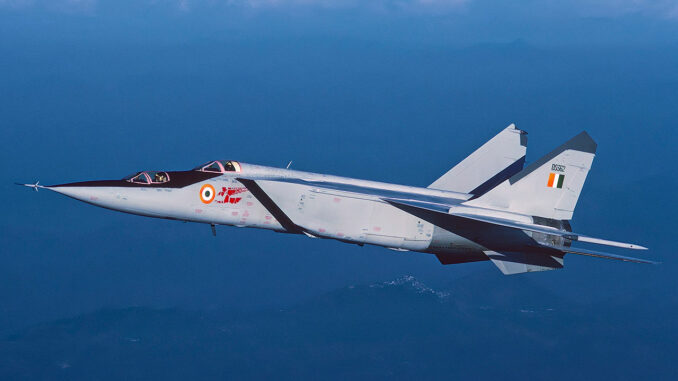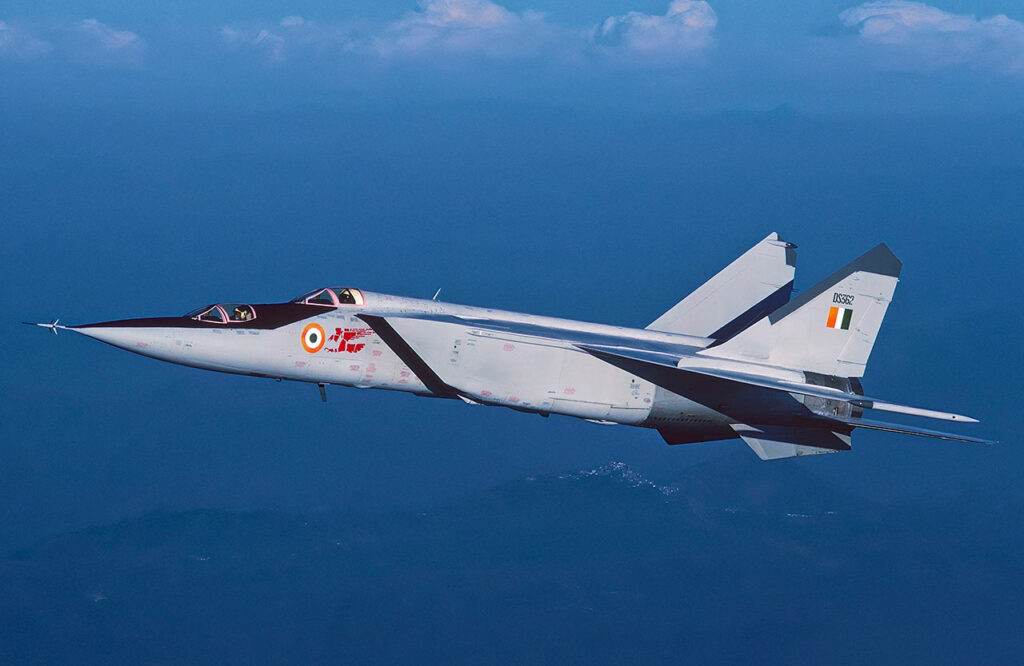
Following the attack in Pahalgam, India suspends the Indus Water Treaty, intensifying tensions with Pakistan, two nuclear powers.
On April 22, 2025, an armed attack on tourists in Pahalgam, Jammu and Kashmir, left at least 26 people dead. India blames groups linked to Pakistan. In response, it suspends the Indus Water Treaty, which is essential for Pakistani agriculture, and closes its borders to Pakistani nationals. Pakistan closes its airspace and launches military maneuvers. The two nuclear-armed countries are dangerously close to a new conflict.
An attack in Pahalgam triggers a political and military crisis
The attack in Pahalgam on April 22, 2025, killed at least 26 people, including several Indian tourists. It was claimed by a group called “Kashmir Resistance,” suspected of being an indirect offshoot of organizations based in Pakistan. This armed operation is the most serious attack on civilians in Indian territory since the 2008 Mumbai attacks.
The Indian government immediately accused groups supported by Pakistan, although the latter denied any involvement. In response, India canceled all visas granted to Pakistani nationals, suspended bilateral trade, and launched a series of diplomatic and military measures.
Pakistan retaliated by closing its airspace to Indian aircraft and placing its armed forces on alert. The intensity of the measures is reminiscent of the episode in February 2019, when the two countries engaged in reciprocal air strikes after a similar attack.
These developments underscore the extent to which the Jammu and Kashmir region remains a central point of friction. Since the two countries gained independence in 1947, four wars have been fought, three of them over this territory. Each military escalation reawakens memories of past conflicts.

The Indus Treaty: a major hydropolitical lever
The Indus Water Treaty, signed in 1960 under the auspices of the World Bank, grants India exclusive use of the three eastern rivers (Beas, Ravi, Sutlej) and Pakistan exclusive use of the western rivers (Indus, Jhelum, Chenab). The entire Indus basin accounts for around 80% of Pakistan’s water resources, on which its agricultural sector is heavily dependent.
India announced that it had closed the floodgates of four large dams allowing water to flow into Pakistan, leading to a reduction in flow in the border canals. It also stopped sharing hydrological data, despite this being provided for in the agreement. These actions call into question a mechanism that had survived several armed conflicts until now.
Pakistan has described the suspension as an “act of war” and has convened its National Security Council to consider retaliatory measures. Tensions are particularly high given that Pakistan’s agricultural sector accounts for nearly 19% of national GDP and employs more than 38% of the working population. The slightest imbalance in water supplies threatens the entire food chain.
This standoff over natural resources reveals how water is becoming a geopolitical tool in Indo-Pakistani relations. It also highlights the limitations of international mediation mechanisms in a context of armed rivalry.
The human and economic cost of a latent conflict
The suspension of the Indus Treaty, combined with the closure of airspace and the interruption of trade, has an immediate impact on the economies of both countries. According to available data on bilateral trade, India and Pakistan traded approximately US$1 billion worth of goods and services in 2023. This volume is small but strategic for certain border regions, particularly in Punjab.
The tourism sector, which was particularly targeted in this attack, has also been affected. The Indian state of Jammu and Kashmir welcomed around 16 million tourists in 2022. This windfall collapsed as soon as the security situation deteriorated, as evidenced by the cancellation of hotel reservations in Srinagar and Gulmarg.
On the Pakistani side, the interruption of the flow of the Indus River could cause water shortages as early as May, particularly in the provinces of Sindh and Punjab. Wheat, rice, and cotton crops could suffer significant losses, with direct effects on food prices.
Finally, the risk of population displacement is increasing. Jammu and Kashmir has a population of around 13 million, the majority of whom are Muslim. If hostilities resume, several thousand civilians could seek refuge in safer urban areas, which are overcrowded and ill-prepared for a prolonged humanitarian crisis.
A controlled but dangerous military escalation
On the military front, both countries have stepped up their demonstrations of force. India has redeployed the aircraft carrier INS Vikrant to the Arabian Sea, although it was already stationed there before the attack. Pakistan, for its part, has launched a live-fire naval exercise, accompanied by a widespread mobilization of its armed forces.
In 2019, India’s response to the Balakot camp was followed by a Pakistani retaliation. This sequence of events culminated in an air battle, during which an Indian MiG-21 was shot down. This precedent now limits the room for maneuver. Military officials are now talking about the possibility of targeted air strikes, but with limited intensity.
However, the presence of nuclear weapons in both arsenals prevents any uncalculated escalation. India has 160 nuclear warheads, Pakistan around 165, according to the latest estimates by SIPRI (Stockholm International Peace Research Institute). Their nuclear doctrine remains unclear, but any prolonged conflict carries the risk of escalation.
This configuration reinforces strategic uncertainty. Every military move is scrutinized, and misinterpretations or local provocations can quickly escalate. The current tensions demonstrate the fragility of the security balance in South Asia, particularly in areas with a high military presence.

The limits of international diplomacy and regional prospects
The international community is calling for restraint. But de-escalation mechanisms remain weak. Neither the UN nor the major powers have offered active mediation. The increasingly strategic relations between India and countries such as the United States and France, focused on regional security vis-à-vis China, complicate the intervention of certain actors.
China, an ally of Pakistan, is maintaining a cautious stance but is monitoring the situation, particularly because of its China-Pakistan Economic Corridor (CPEC) project crossing the disputed region of Gilgit-Baltistan. Prolonged destabilization would affect its economic interests in the region.
Furthermore, the lack of an active direct military communication channel between India and Pakistan is an aggravating factor. The dialogue structures created after previous wars have become inactive. A revival of military diplomacy would, however, be necessary to avoid serious incidents.
South Asia therefore remains structurally vulnerable to bilateral crises. The absence of institutionalized regional cooperation prevents coordinated management of tensions. A return to multilateral mechanisms, even technical ones (such as water management or border conflict prevention), would be a step towards lasting stability.
War Wings Daily is an independant magazine.